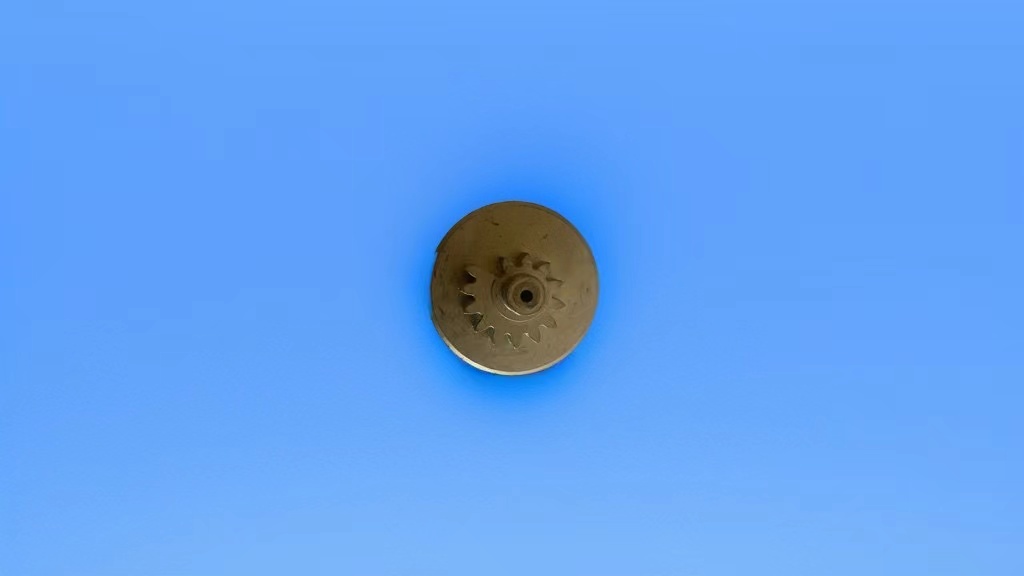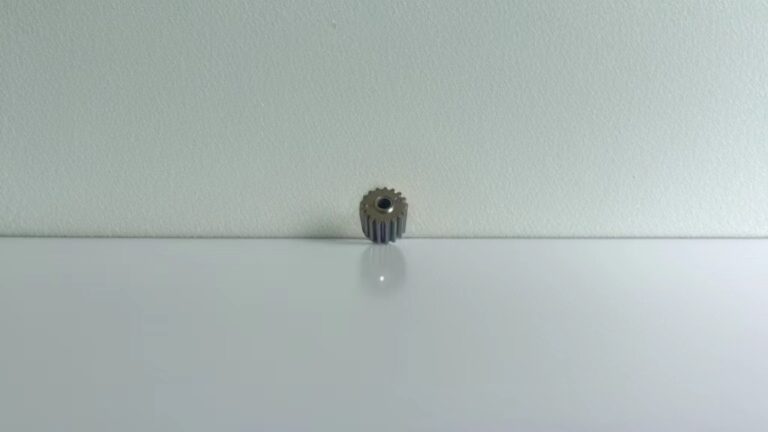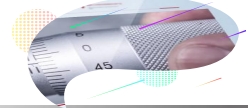I. Introduction
Steel, especially stainless, is a hidden hero in many industries.Its ability to resist corrosion and staining makes it indispensable in construction, architectural fittings, cutlery, and more. The introduction of MIM (Metal Injection Molding) technology has opened up new frontiers in the world of stainless steel, and MIM 420 stands proudly at the forefront of innovation.
Throughout this article, we’ll undertake a thorough exploration of MIM 420 stainless steel—from its composition and properties to applications across various industries. We’ll compare it with other stainless steel types, address common questions, and look ahead to possibilities trumpeting from the intersection of MIM and 420 steel.
II. Understanding Stainless Steel 420
Defining Stainless Steel 420:A martensitic type stainless steel, Grade 420 has a high carbon content and is hardened and tempered to achieve the desired properties. The martensitic structure is the foundation for its impressive strength, wear resistance, and edge retention, making it a prime candidate for MIM technology.

420 stainless steel Composition
The balance between carbon and chromium in MIM 420 stainless steel harmonizes to offer a spectrum of essential properties:
- Carbon’s Contribution: Carbon is the hardening agent in stainless steel. It increases hardness and strength and improves wear resistance. However, excessive carbon content can lead to reduced corrosion resistance.
- Chromium’s Shield: Chromium, the most critical element in stainless steel, creates the invisible barrier that resists oxidation, staining, and corrosion. It’s also chromium that gives stainless steel its ‘stainless’ moniker.
The Martensitic Microcosm
Martensitic stainless steels form a body-centered tetragonal (BCT) structure when quenched from high temperatures. This transformation lends them their hard and brittle nature. Nevertheless, tempered martensite in 420 steel offers the confluence of high strength and toughness, a crucial duality in applications.
IV. Exploring Properties and Applications
Excellence in High-Temperature Environments: The MIM 420 alloy’s resistance to abrasive wear and its capability to maintain hardness across a broad spectrum of temperatures render it a superior choice for components exposed to intense friction. After heat treatment, MIM 420 can achieve a hardness of up to 50-55 HRC
The intrinsic characteristics of MIM 420 stainless steel set it apart:
- Superior Hardness: 420 steel can achieve hardness levels up to 50–58 HRC, making it ideal for wear-resistant components that require a hard surface.
- Exceptional Corrosion Resistance: Within its hardened martensitic state, 420 steel maintains good resistance to a wide range of corrosive environments.
- Magnetic and Heat Treatable: 420 steel is magnetic and can be heat treated for various applications, such as knife and surgical instrument production.
Real-World Performance Across Industries
- Automotive: Gear components and shafts in transmission systems.
- Medical: Orthodontic and surgical instruments where high wear-resistance and edge retention are critical.
- Cutlery: Knives and blades that maintain sharpness through extended use.

V. Comparing 304 vs. 420 Stainless Steel
Stainless steel 304 is more common and more general-purpose with a higher chromium content but lower carbon than 420. It’s known for its superior corrosion resistance and is often used in food processing equipment and architectural applications.
In the ring for mechanical and wear-resistance properties, MIM 420 typically outclasses 304. However, 304 gains the edge in applications sensitive to chemical exposure and aesthetic factors. The comparison is a nuanced dance, with each alloy excelling in its area of specialization.
In knife-making, 420’s durability and edge retention battle 304’s corrosion resistance. The choice hinges on the knife’s intended use—be it the surgeon’s scalpel or the chef’s knife—and the level of maintenance it will receive.
VI. Addressing Common Questions
- Does 420 stainless rust?
MIM 420 stainless steel boasts reasonable corrosion resistance but is not impervious. Its performance in corrosive environments can be enhanced through various finishing techniques, including passivation and electropolishing.
- Machining Mystique
420’s hardness can pose challenges in terms of machining, especially in its fully hardened state. Tools and techniques specifically designed for hard machining are recommended to achieve precise results without sacrificing the integrity of the material.
VII. 420 in MIM and Its Advantages
Metal Injection Molding technology is integral to the rise of MIM 420 stainless steel. By leveraging the benefits of MIM, including near-net shape production, reduced material waste, and the capacity for high-volume production, 420 steel reaches new pinnacles of precision and performance MIM 420 stainless steel’s pathway through MIM grants access to a treasure trove of advantages, such as:
- Fine Microstructure: The MIM process yields a fine, porosity-free microstructure, crucial for mechanical properties.
- Complexity Made Simple: The intricate geometries and thin sections achieved by MIM are often hard or impossible to replicate with traditional manufacturing methods.

IX. Conclusion
Stainless steel 420 offers an unparalleled blend of high strength and hardness, coupled with excellent corrosion resistance, making it a popular choice for a vast range of stainless steel applications. If you’re looking to leverage these remarkable properties in your next project, we’re here to help. Contact JunKun today to discuss how we can make MIM 420 stainless steel work for you, pushing the boundaries of precision, durability, and performance. Your next innovation starts here.


